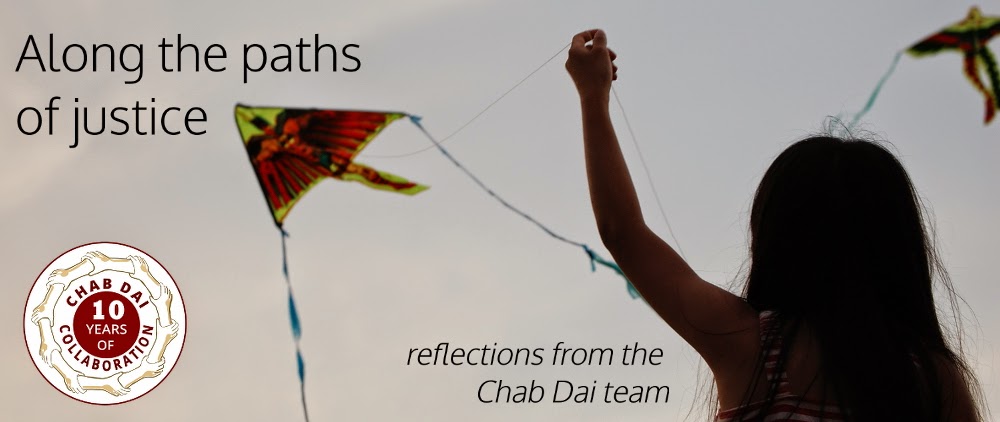Summer is the best time to jet out of town for a few days or weeks. The kids are out of school, the weather is nice, and you've got those few vacation days saved up. If you are planning on vacationing in Southeast Asia, you are likely to have loads of options for hotels and hostels, tuk-tuks and moto-drivers, resturants and taverns. Even though you are on holiday you can still uphold the ideals of the organizations you suport by choosing child safe options.
What do I mean by this? Well it's truly simple. All you need to do is choose lodgings, transportation, and dining options that follow the ChildSafe International guidelines. Child safe businesses are trained to look for sexual abuse in children. When a child is spotted in danger they alert the proper local authorities. Tuk-tuks and moto drivers are trained to help stop the trafficking before it can even happen by refusing to give information to travelers of places selling children for purposes of prostitution. Even internet cafe's are places where pedophiles can lure children, but Childsafe member internet cafes have trained staff to recognize such deviant behavior. To identify and support these business's in Cambodia visit: http://www.childsafe-international.org/CAMBODIA/CSCambodia.asp
Also, be aware of your surroundings and follow these tips from the Childsafe Network:
What do I mean by this? Well it's truly simple. All you need to do is choose lodgings, transportation, and dining options that follow the ChildSafe International guidelines. Child safe businesses are trained to look for sexual abuse in children. When a child is spotted in danger they alert the proper local authorities. Tuk-tuks and moto drivers are trained to help stop the trafficking before it can even happen by refusing to give information to travelers of places selling children for purposes of prostitution. Even internet cafe's are places where pedophiles can lure children, but Childsafe member internet cafes have trained staff to recognize such deviant behavior. To identify and support these business's in Cambodia visit: http://www.childsafe-international.org/CAMBODIA/CSCambodia.asp
Also, be aware of your surroundings and follow these tips from the Childsafe Network:
- Though it sounds harsh avoid buying gums, cd's/dvd's, and books from children, and refrain from giving to begging children. If you do not, it tells the child this is an easy way to make money, rather then encouraging him or her to seek education or job training.
- Purchase things instead made by parents or youth in training. Doing so supports a stable and sustainable enviornment for children.
- Avoid situations and attractions that lead to child exploitation, this includes visiting slums and orphanages for photo ops. It is a child's home and they too have a right to privacy.
- Do not take a child to your hotel room for any reason. Even if you just want to give a child a safe place to sleep for the night, notify a local NGO or government official rather then running the risk of being caught as a pedophile.
- Avoid places that tolerate prostitution (ie... bars and karaokes that allow sex workers and johns to dine or drink together) as many of these men and women in prostitution are underage. These business clearly are under the category of exploiting minors, therefore they do not need your financial support or presence.
- Keep your eyes open. Often travelers can help local NGO's and governmental organizations by reporting situations when a child is in danger. If you see such a situation please see: www.interpol.org or contact the local authorities immediatly.



